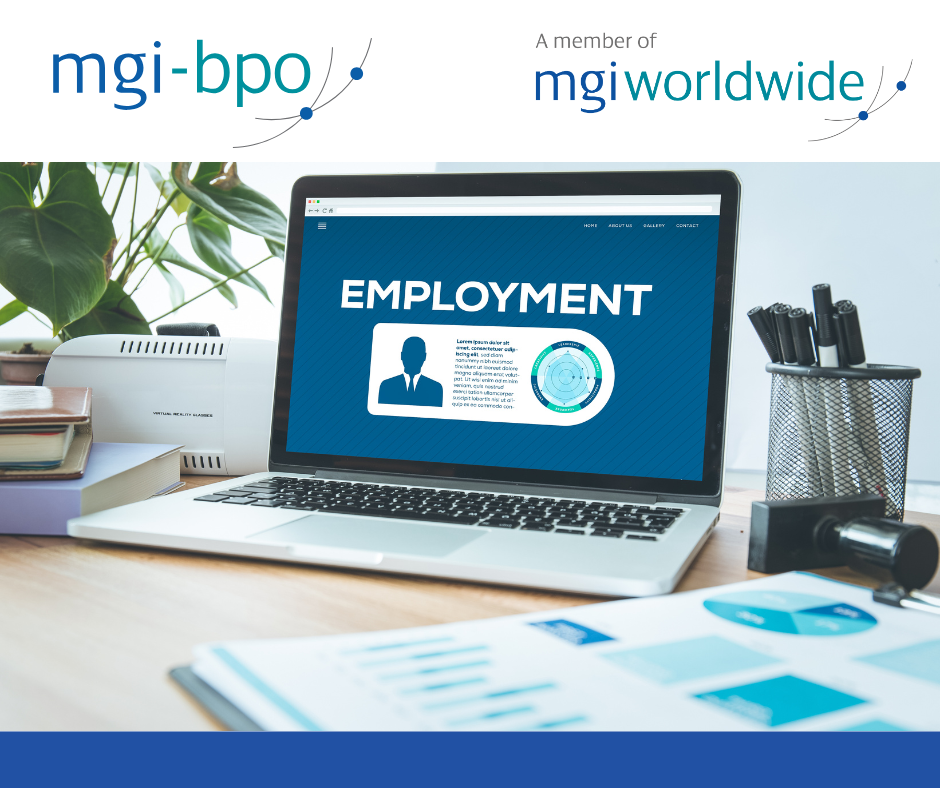
As of July 1, 2025, the time limits for simplified employment have changed. The aim was to make the system more transparent, but in practice, the changes have raised many questions regarding interpretation. The latest guidance from the Hungarian Tax Authority (NAV) helps clarify the rules — and we’ve summarized the key points for you.
What Has Changed?
Until now, an employee could work under simplified employment for multiple employers, with the 120-day limit calculated separately for each. From July, however, the 120-day annual limit is tied to the employee, regardless of how many employers they work for.
How to Calculate the 120 Days in 2025?
Since the change came into effect mid-year, the 120-day limit must be calculated from July 1. This means that in 2025, it’s possible to have two sets of 120 days — if the previous limit was used up in the first half of the year and the employee continues working for a different employer from July onward.
Different Scenarios:
-
If the employee did not work under simplified employment before July: they have the full 120-day quota available for the rest of the year.
-
If the employee already worked 120 days by June: the count resets from July 1, allowing another 120 days — but only with a different employer.
-
Working for two employers on the same day: legally possible, but the same 120-day limit applies.
Different Rule for Occasional Work
Occasional employment still has a 90-day annual limit per employer. Once this is exhausted, the employee may no longer work for that employer under simplified employment. However, they can still work for other employers and may use their remaining quota under other types of simplified employment.
Employer’s Option to Check
Before reporting simplified employment, the employer can check the employee’s used EFO (simplified employment) days in the NAV mobile app or via the ONYA platform. The system will signal any error before submission. For this, the employee’s name, social security number (TAJ), and tax ID are required. The system will warn if the limit is about to be exceeded — even before submission.
If you are unsure how to apply the rules or have questions regarding simplified employment, feel free to contact us — our payroll colleagues are happy to help you stay compliant with current regulations.


